Yield Curve Un-Inverts For First Time In Years
The inversion did not lead to a recession. But sometimes it is the un-inversion that is the true warning sign.

The inversion did not lead to a recession. But sometimes it is the un-inversion that is the true warning sign.

The market believed that the Fed might not need to hike again because yields were already doing the work of another hike. And that’s when the bond market started laughing.

The yield curve on very short-term debt issued by the U.S. government is deeply inverted. Could this signal concerns about the debt ceiling?
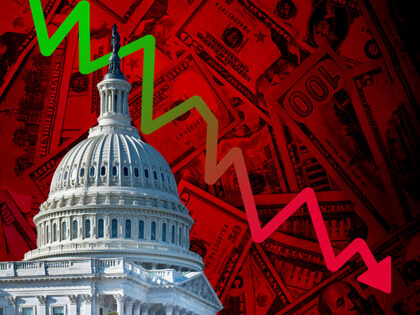
If the Fed were not so distracted by the ongoing run on regional banks, this nascent recovery in housing might be a cause for concern.

The inverted gap between short-term and longer-term U.S. Treasuries grew even wider on Monday, nearing the recent high hit in December. The yield on two-year Treasuries was 82 basis points above the yield on 10-year Treasuries midday on Monday, substantially
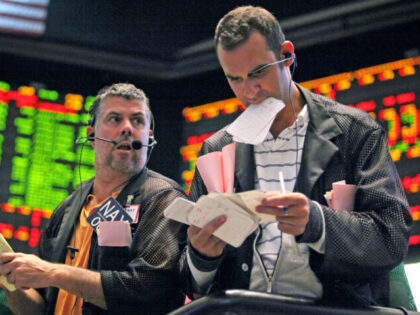
The inversion of the yield curve took another unusual step on Wednesday. It moved into double inversion.

The yield curve uninverted on Tuesday morning. The proximate cause seems to be the hawkish inflation-fighting rhetoric now coming from typically “dovish” Fed officials.
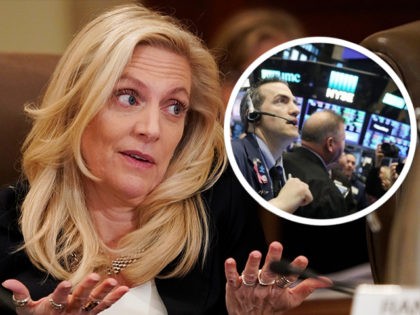
The arrival of yet another blowout jobs report sent yields on U.S. government bonds rising on Friday—and inverted the yield curve again.
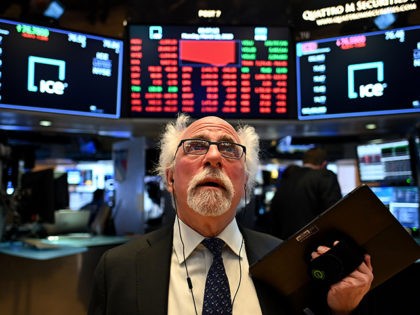
A recession indicator was tripped for a second time in two days on Friday.

A key market gauge of the risk of future recessions flashed a warning signal on Thursday afternoon.

Yields on longer-term bonds fell below shorter-term ones.
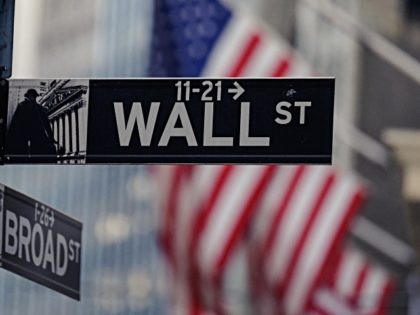
The Fed said recently that it believes its current target will remain appropriate for the foreseeable future. The market disagrees.
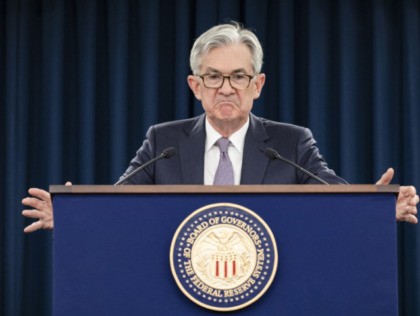
The bond market and President Trump agree: the Fed should cut rates.
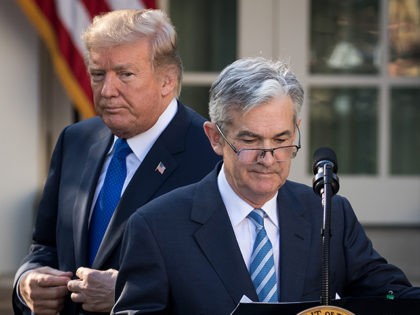
Elaine Parker of Job Creators Network writes in the Washington Times that the broad scope of economic indicators offset the concern that the inverted yield curve suggests a recession is imminent.
